Ofcom UK Propose Upper 6GHz Band for Shared Access Licences
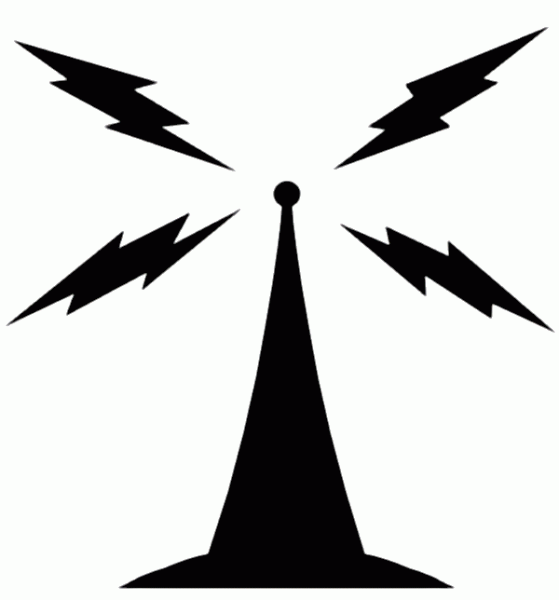
The UK telecoms regulator, Ofcom, has today proposed to make the upper 6GHz radio spectrum band (6425-7070MHz) available to Shared Access Licences for low-power, indoor use. But the move raises questions over the future use of this band to help improve 5G and WiFi performance, which has not yet been ruled out.
Just to recap. The regulator’s Shared Access Licences are part of a wider framework for enabling shared use of spectrum. Such licences can, for example, be used to setup private indoor or outdoor 5G mobile (mobile broadband) networks, often by working with the existing owners of the primary bands (details here and here).
At present, these licences are available via four spectrum bands which support Mobile technology, including 1800MHz (i.e. 1781.7 to 1785MHz paired with 1876.7 to 1880MHz), 2.3GHz (2390 to 2400MHz), 3.8 – 4.2GHz, and 24.25 – 26.5GHz (this band is only available for indoor low power licences).
Advertisement
Meanwhile, the 6GHz band consists of both the Upper 6GHz (6425-7070MHz) or Lower 6GHz (5925-6425MHz) bands. Ofcom has already made the Lower part of this band available for WiFi under the new WiFi 6E standard (here), but the Upper part has remained the subject of some debate.. until now.
We are proposing to add the upper 6 GHz band (6425-7070MHz) to Ofcom’s Shared Access licence framework for low-power, indoor use.
• Licences would cover the full band for an area within a 50m radius of a central point.
• Use would be limited to indoor-only, with a maximum power limit of 250mW EIRP.
• Potential users could apply for multiple licences to cover a larger indoor area – such applications would be considered on a case-by-case basis.
• Each licence would be subject to an annual fee of £320 and would be for an indefinite term, with
Ofcom reserving the right to revoke licences for spectrum management purposes subject to a one-month minimum revocation notice period.
We believe that these proposals would enable greater access to the 6 GHz band without impacting incumbent users or precluding future uses
Ofcom believes that such licences could be particularly suitable for industrial, business and research uses (e.g. factory robots and sensors, Augmented Reality (AR), healthcare monitors, wireless medical equipment and private network connections etc.). But it does raise a question mark over the potential for this band to be harnessed by WiFi networks, as well as 5G mobile in the future.
However, the use of the upper 6GHz band for licence-exempt consumer WiFi, or for licensed 5G mobile networks, is out of scope for this consultation, as “technical compatibility work is still ongoing to establish whether and how these technologies could share the band with each other or other services.” Sadly, it “may be some time before we can form a view on these uses,” said the regulator.
Nevertheless, Ofcom does believe that licence exempt WiFi and the proposed licences above are “likely to be able to coexist“, although if ever 5G ended up being authorised for the same band then that would be a different matter. “If we were to eventually authorise 5G mobile, there is a risk we might need to revoke these licences – but it is likely to be some time before this materialises,” added the regulator; not terribly comforting to anybody who might envisage longer-term use.
Advertisement
Mark is a professional technology writer, IT consultant and computer engineer from Dorset (England), he also founded ISPreview in 1999 and enjoys analysing the latest telecoms and broadband developments. Find me on X (Twitter), Mastodon, Facebook, BlueSky, Threads.net and Linkedin.
« New Grant Opens to Boost Broadband in South Herefordshire
Airband Upgrades Wireless Broadband in Dartmoor and Exmoor »








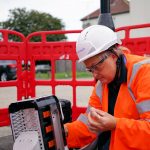
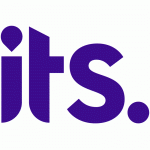

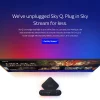


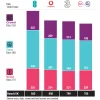








































I really hope this doesn’t end up preventing consumer WiFi access to upper 6GHz.
If Ofcom thinks licensed use is “likely to be able to coexist” with unlicensed use, they should just open up unlicensed use of upper 6GHz now.
I hope its better than DFS is currently….
If we were to eventually authorise 5G mobile, there is a risk we might need to revoke these licences – but it is likely to be some time before this materialises,” in other words it would be very risky to invest in the kit, no one in their right mind would do so.